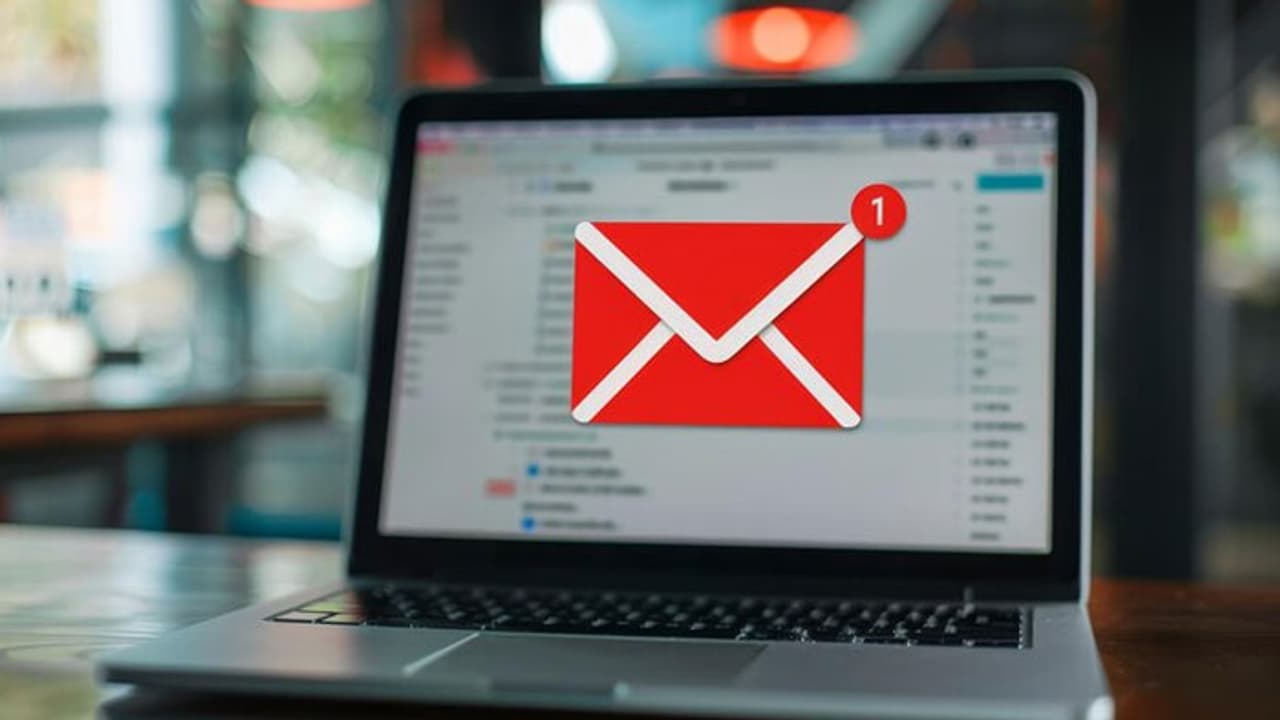Hackers are exploiting unsubscribe feature in emails to gain access to users' data. By clicking on malicious unsubscribe links, users unknowingly allow malware to infiltrate their systems, leading to potential data theft and remote access.
Gmail introduced a new way to stop the annoying spam mails from reaching your inbox. To let the sender know that you are not interested in receiving their emails, an unsubscribe button has been included. However, it appears that hackers are now using the same unsubscribe option as a tool to defraud the unwary.

Users of Gmail are being alerted about a new attack that may appear innocuous at first, but it has the ability to steal your data and give these malicious actors remote access over your devices.
What is Unsubscribe email scam?
Nowadays, the majority of brand or promotional emails have an Unsubscribe button next to the sender's information. The message "Do you want to stop getting messages from this mailing list (brand name)" appears when you click the button, and you are taken to a new webpage or pop-up window.
In order to encourage visitors to access this page and allow the malware or virus to infiltrate the system, the hackers appear to be employing the same button but sending dangerous emails. Therefore, the bad actor can gain access to your system and steal personal information, which is never good, rather than taking your email address off the mailing list.
It appears that the sheer number of spam emails and Google's spam filtering technology are providing these fraudsters with a new avenue to target their victims. According to reports and experts, consumers click the helpful button to stop getting these emails because they are tired of them. Additionally, it is now simple for scammers to persuade people to click on the button, which might have costly consequences.
How to protect yourself?
We have seen email attachments being used for these scam attacks and the unsubscribe button is acting as a similar vehicle to carry the malware. You just have to follow the basic rules:
- Never open or click the "Unsubscribe" button in emails from senders you don't recognise.
- Never open an email with a final or urgent notice in the header.
- Do not click the Unsubscribe button if it is not located next to the email details at the top of the page.
- Before choosing to click the unsubscribe button, spend a few minutes reading the critical spam emails.
Although email scams are a serious risk, you should always exercise caution when responding to emails in your inbox and make sure you read them completely before clicking or accessing any links.


